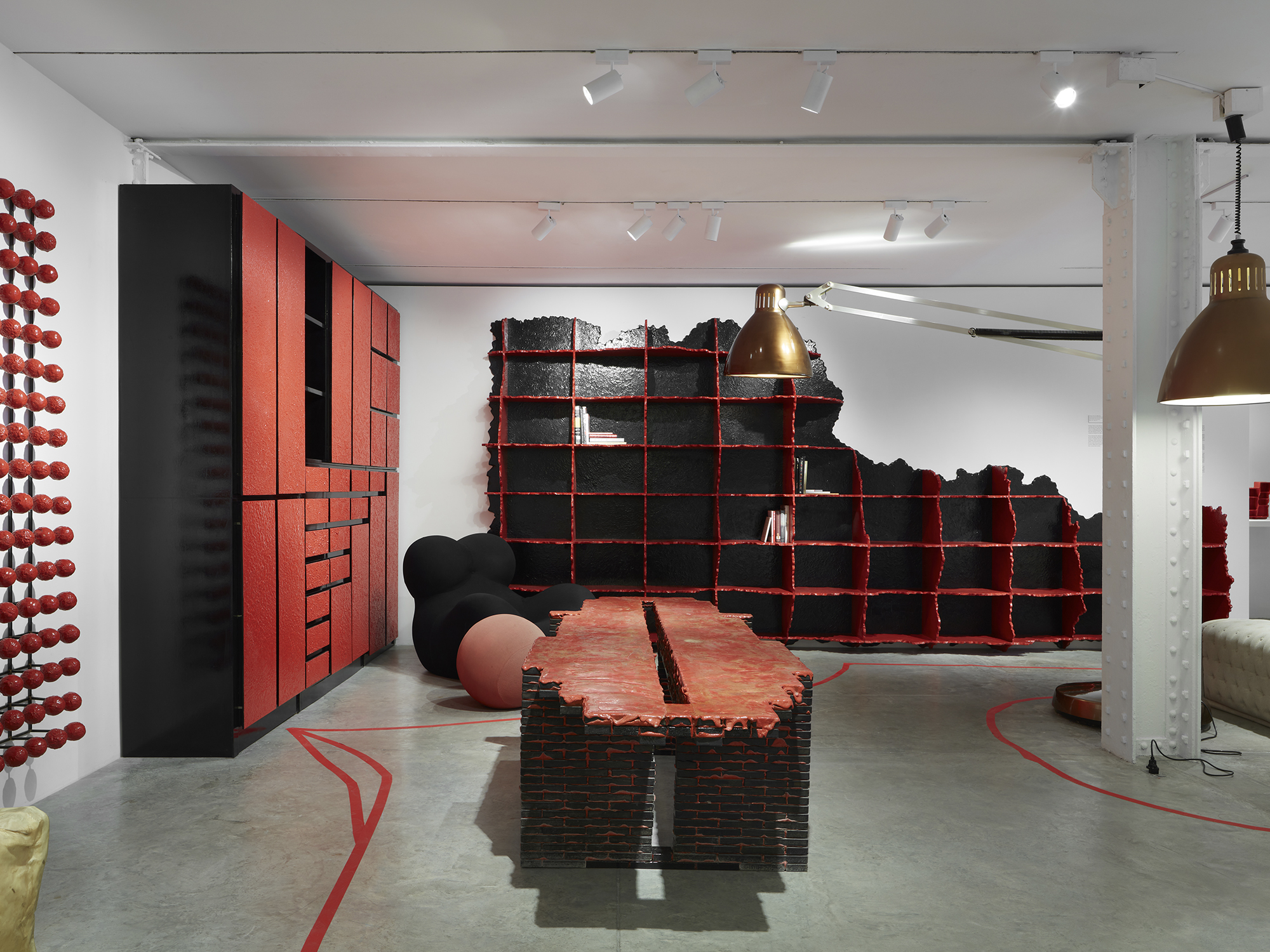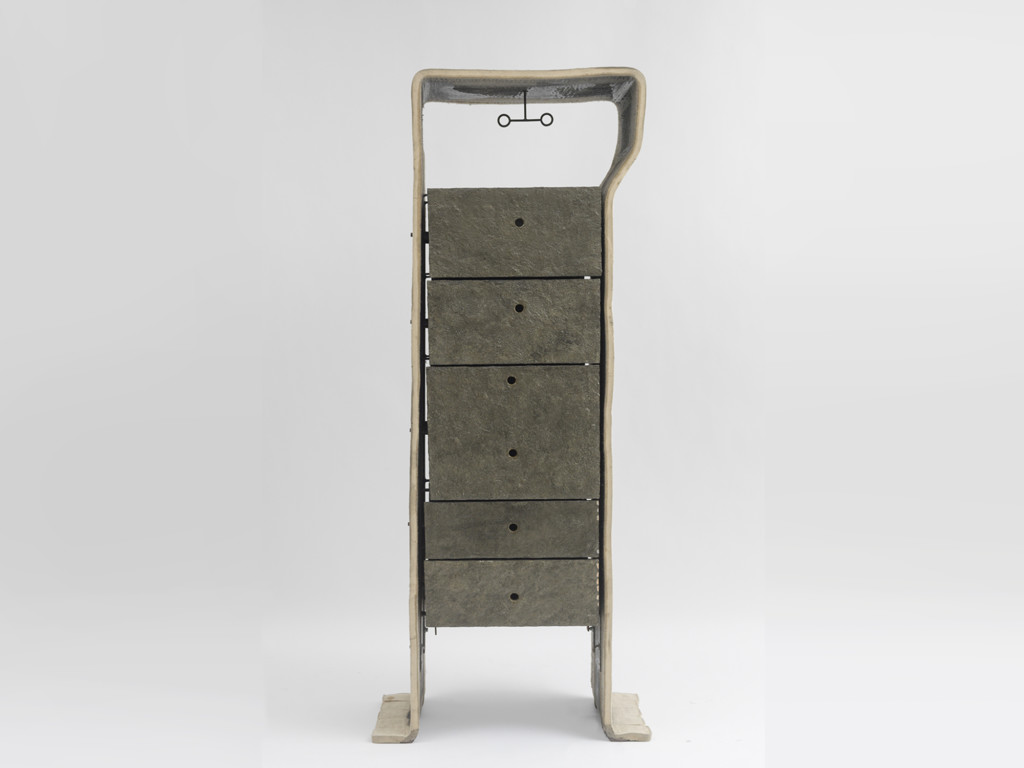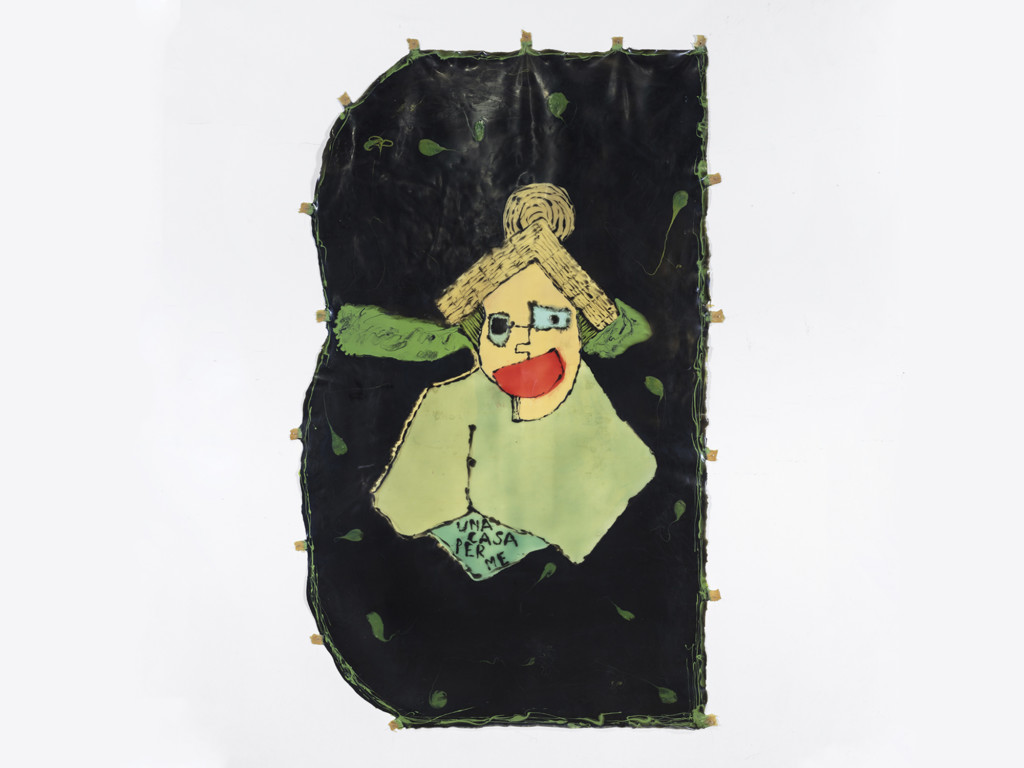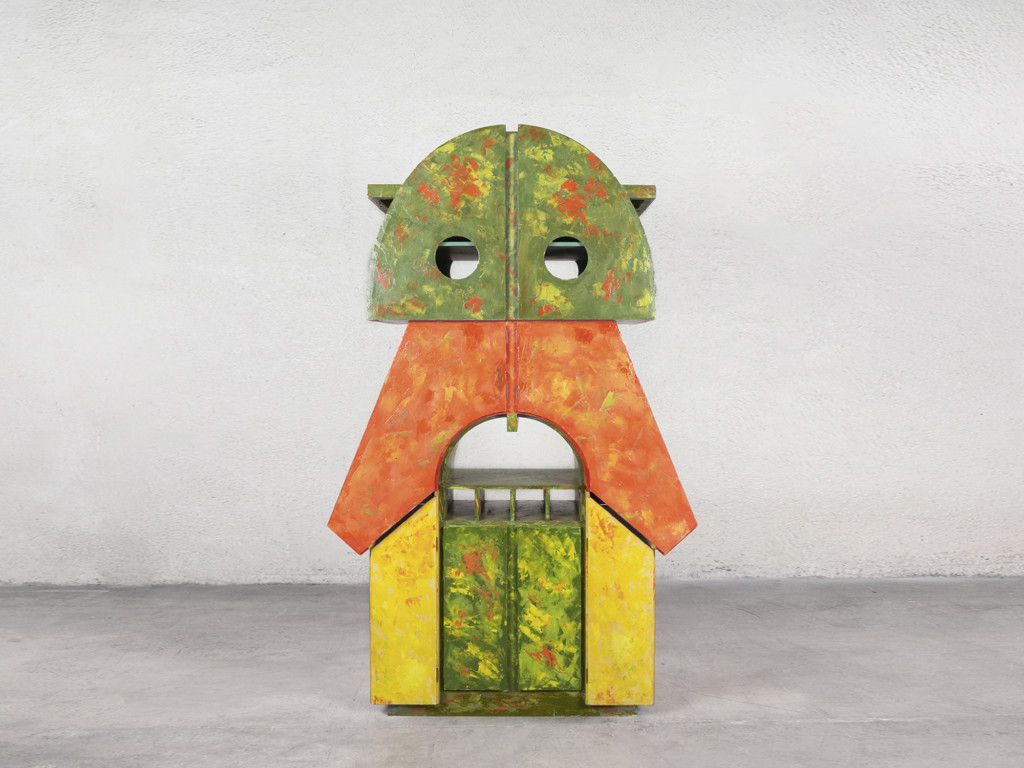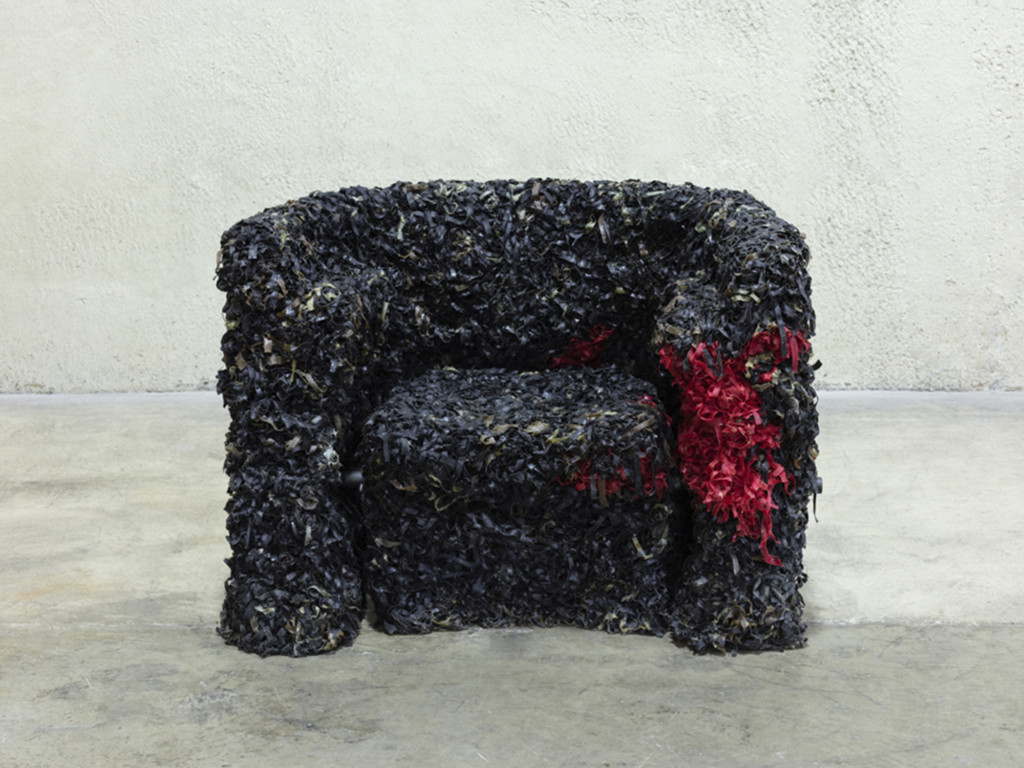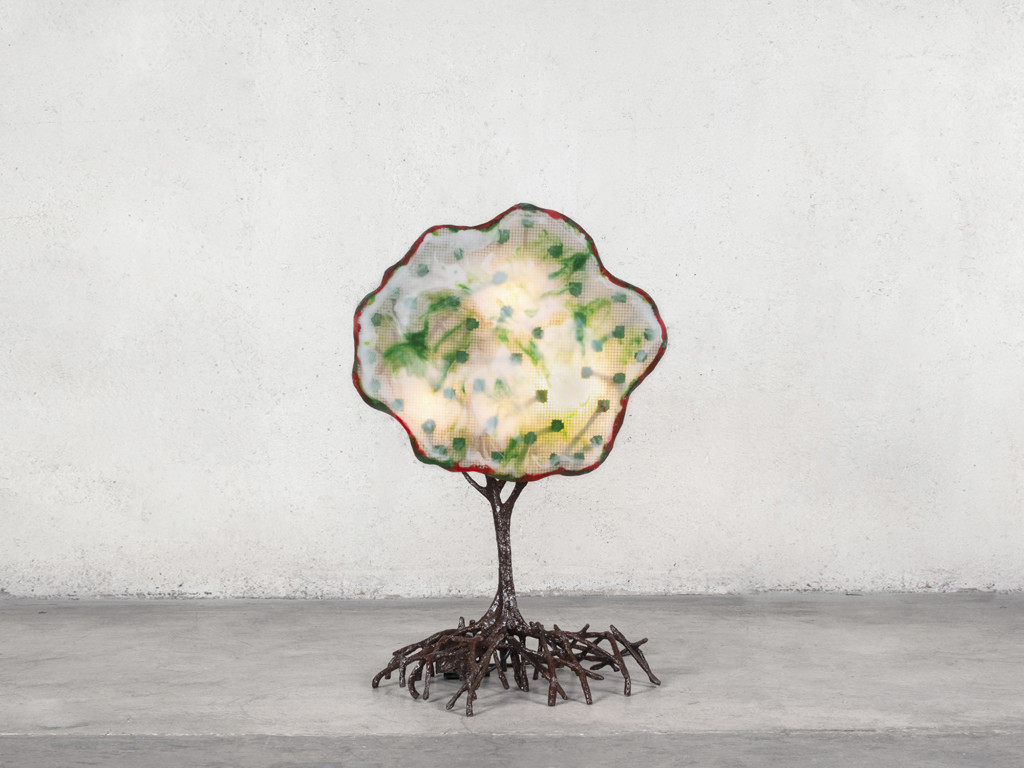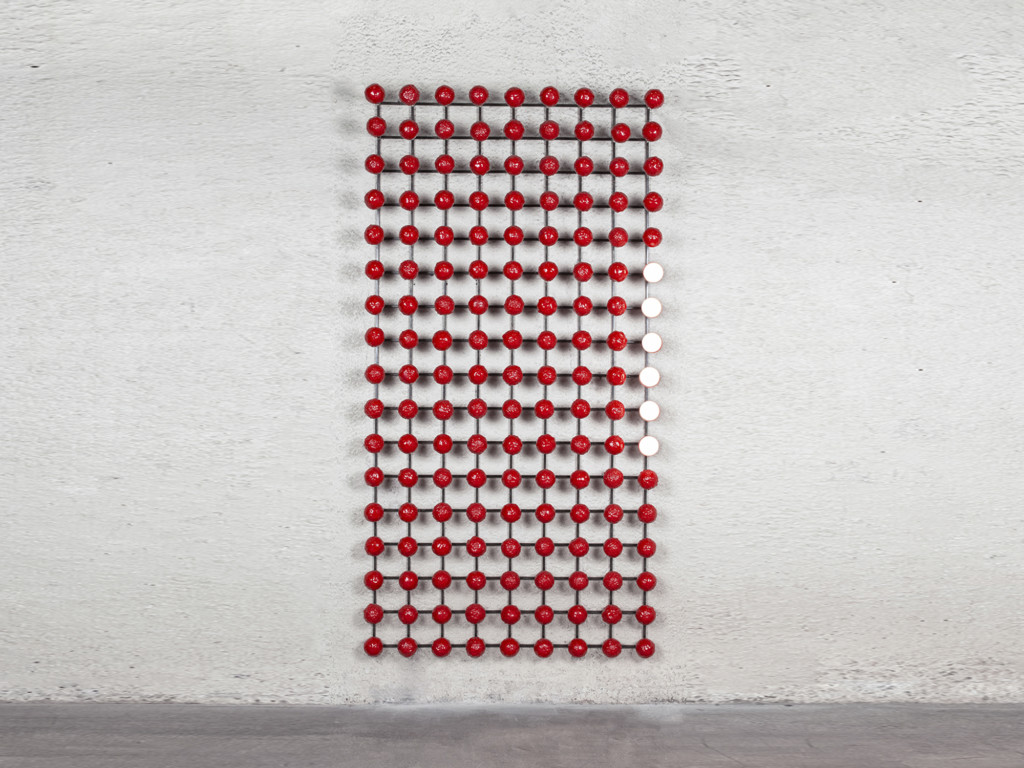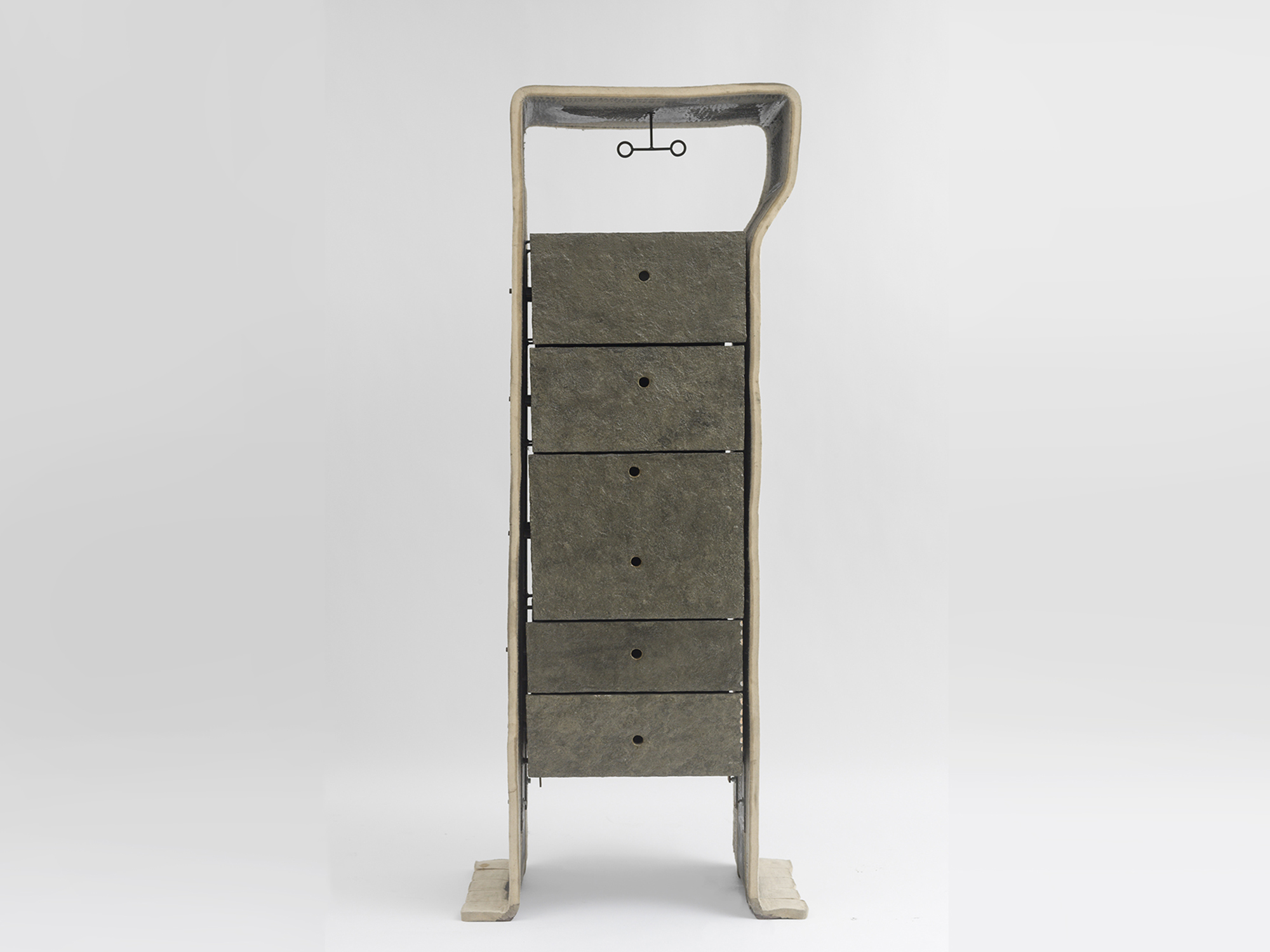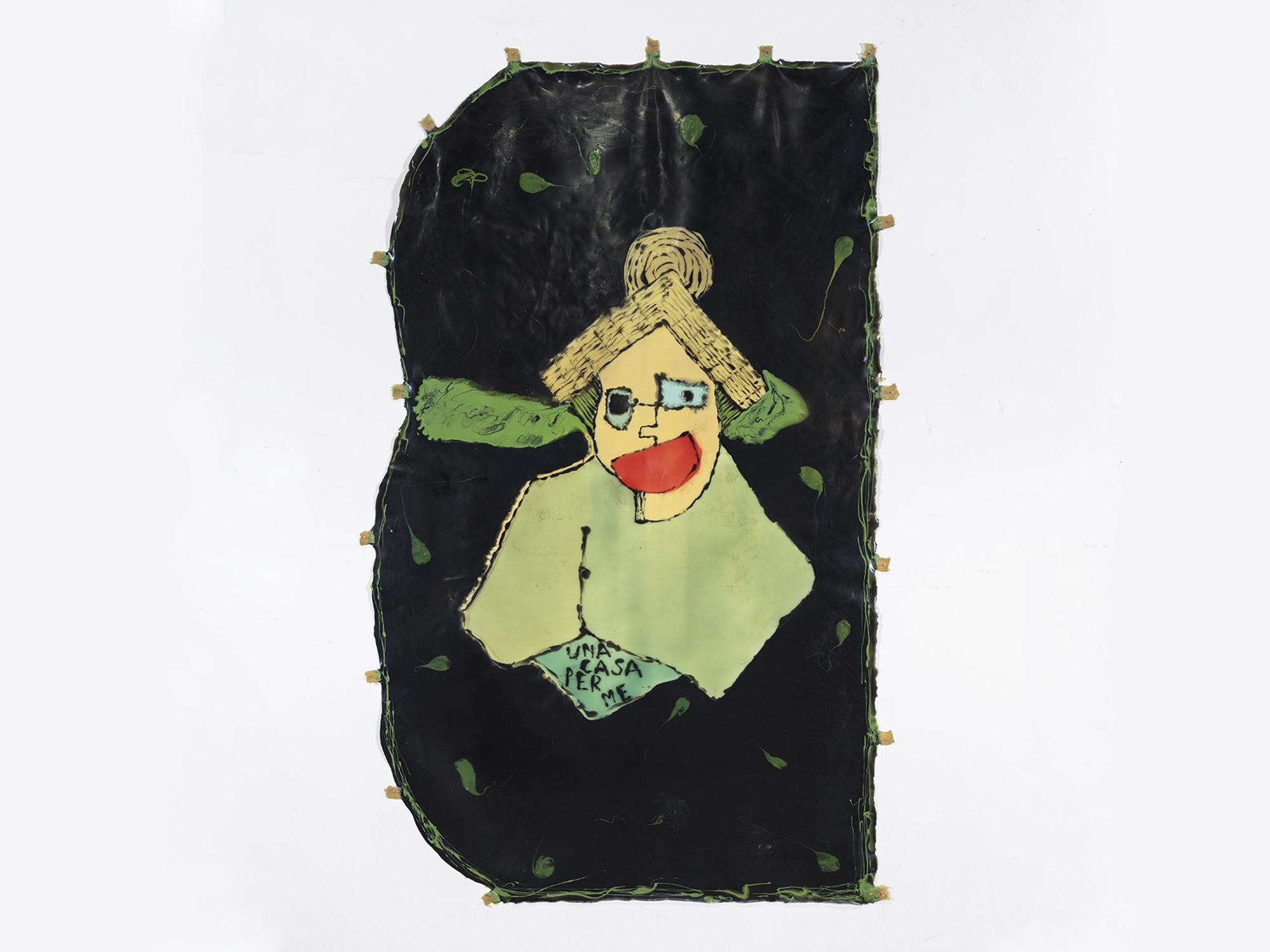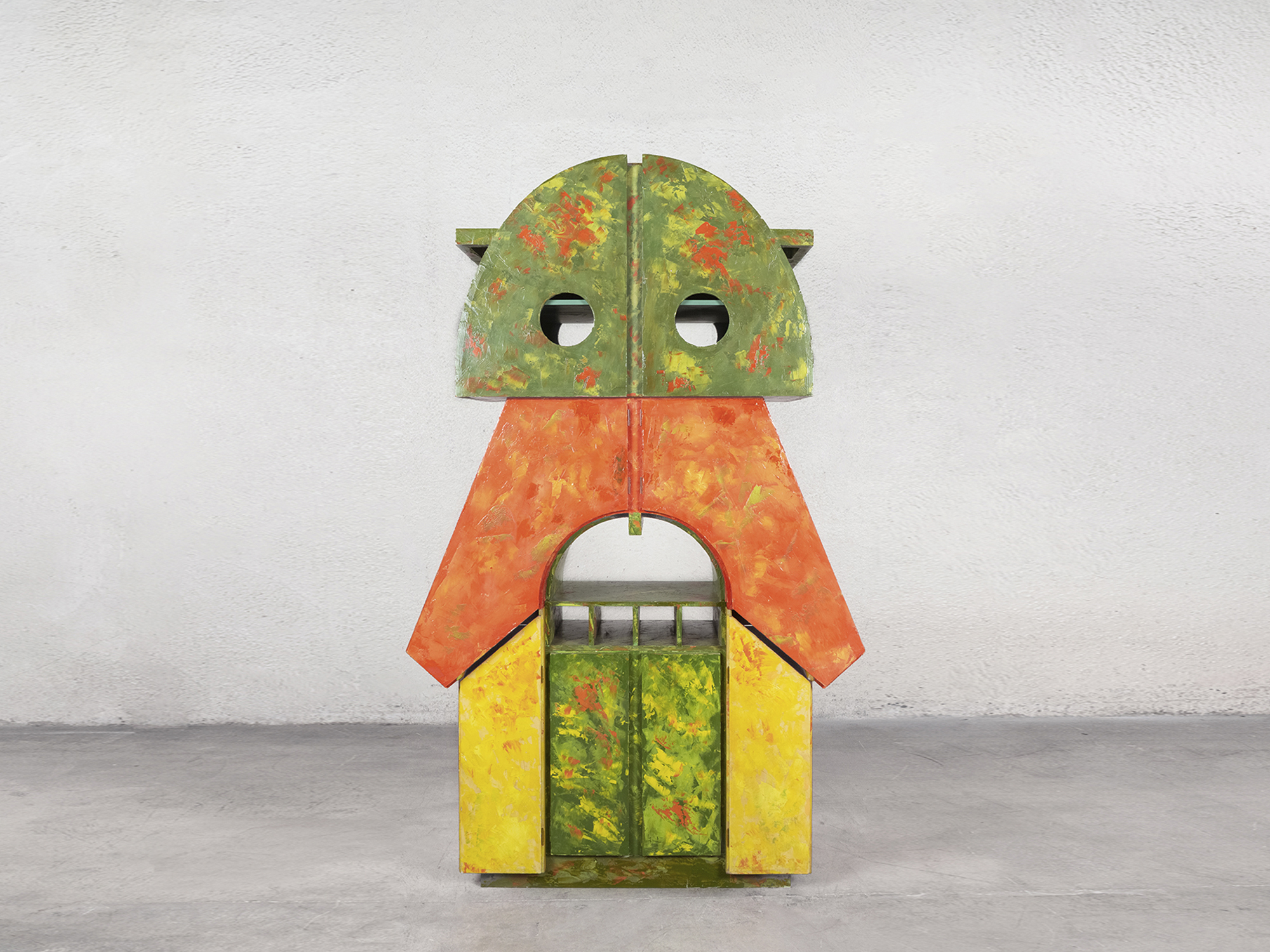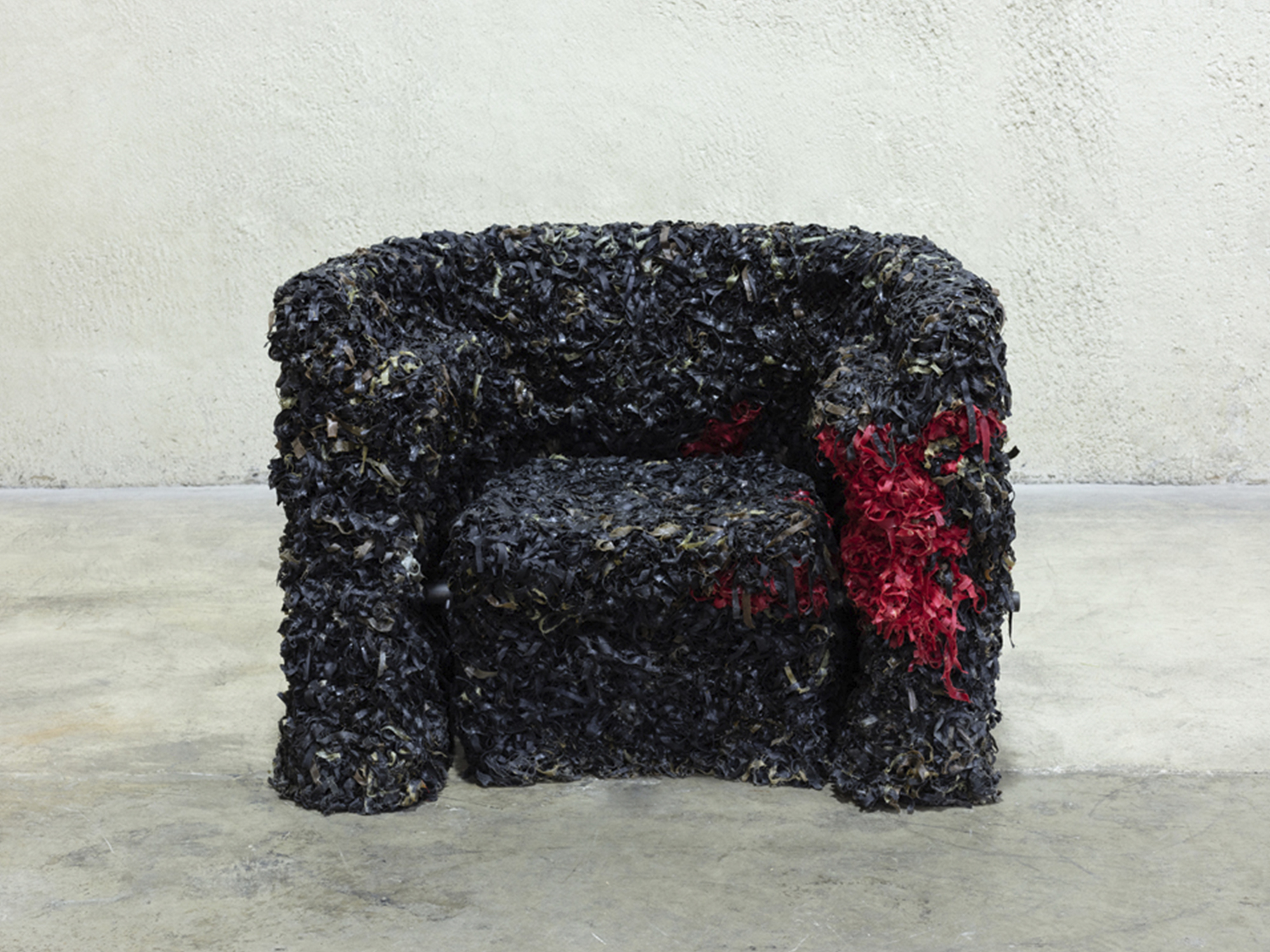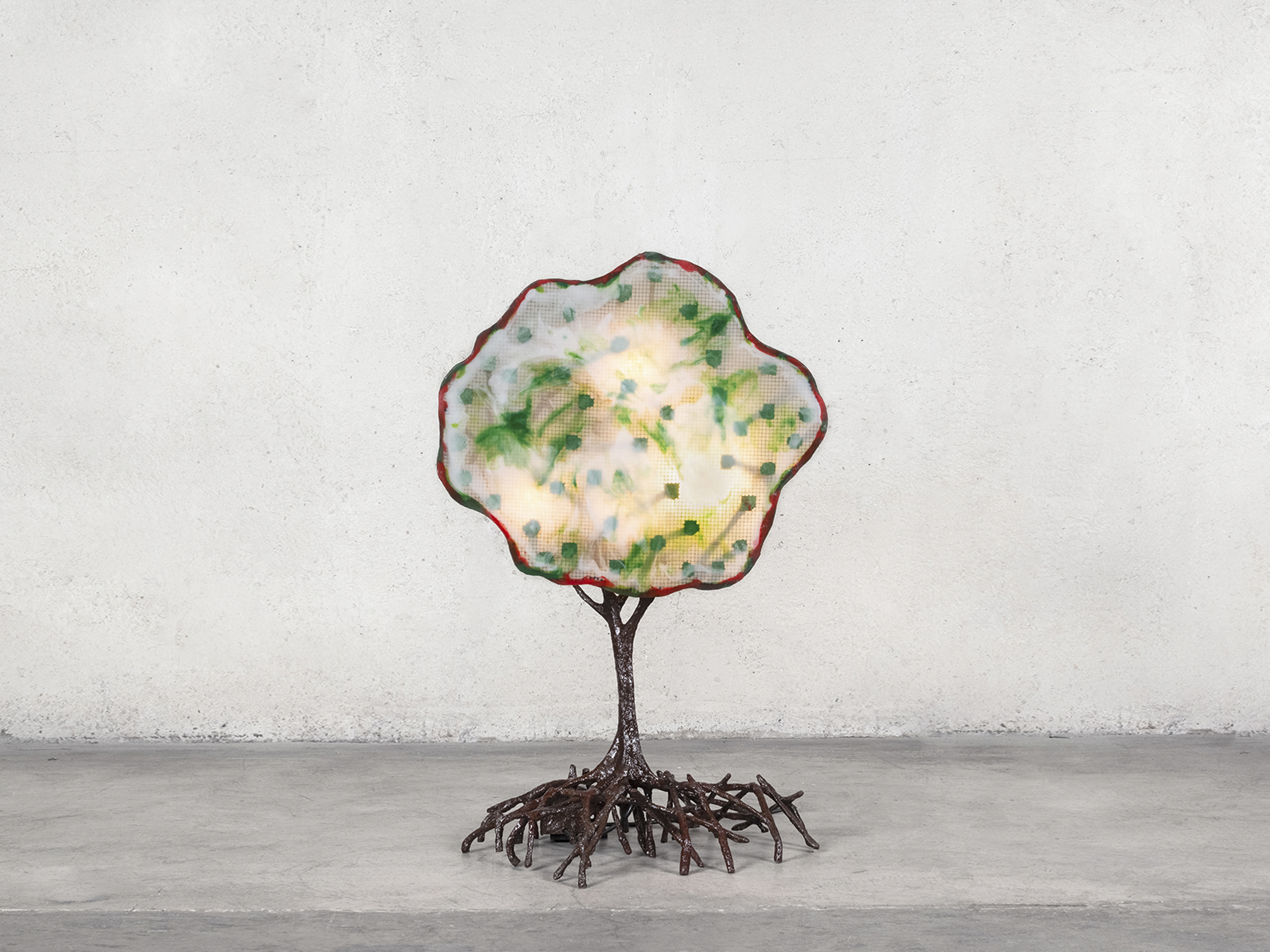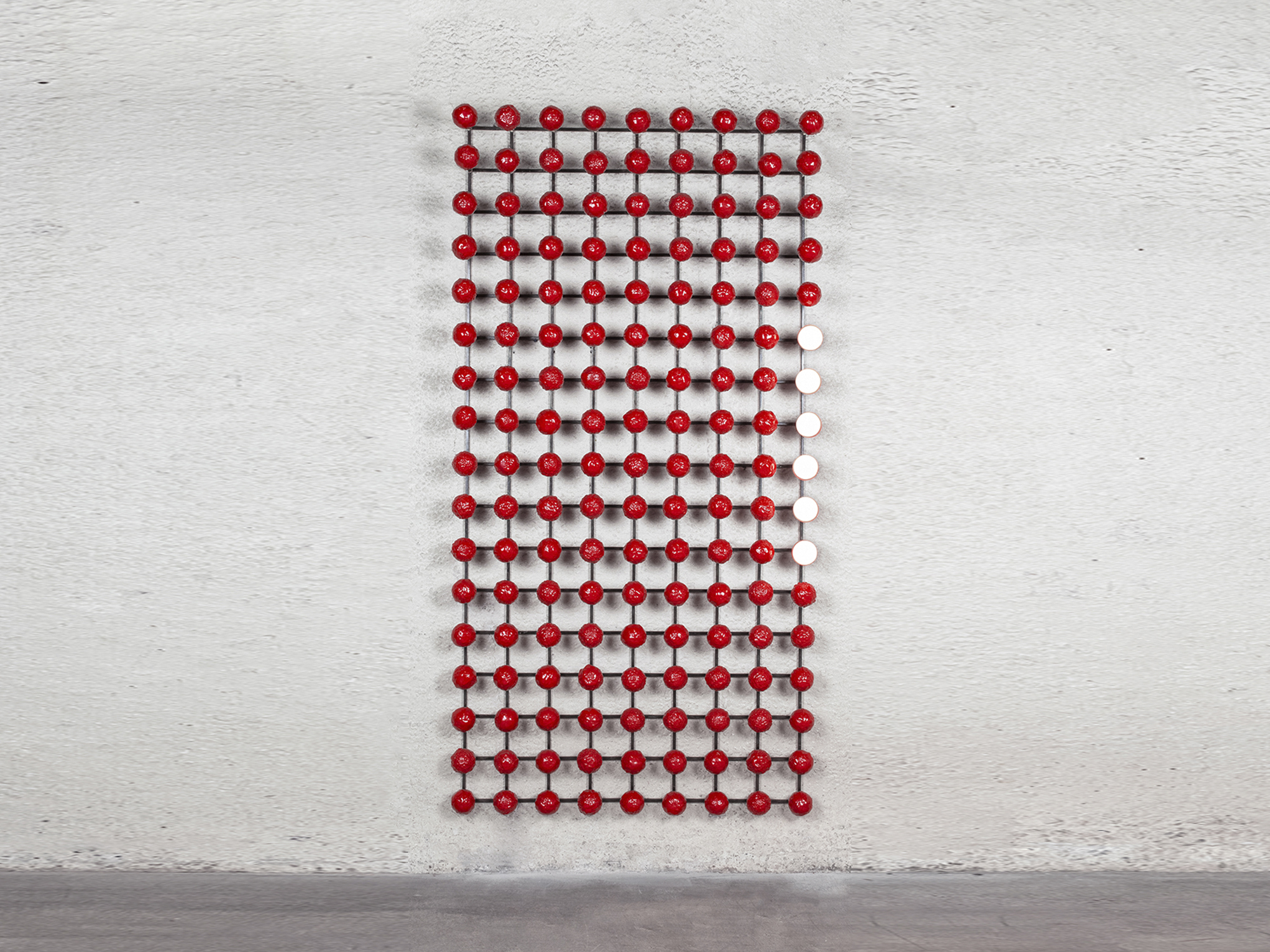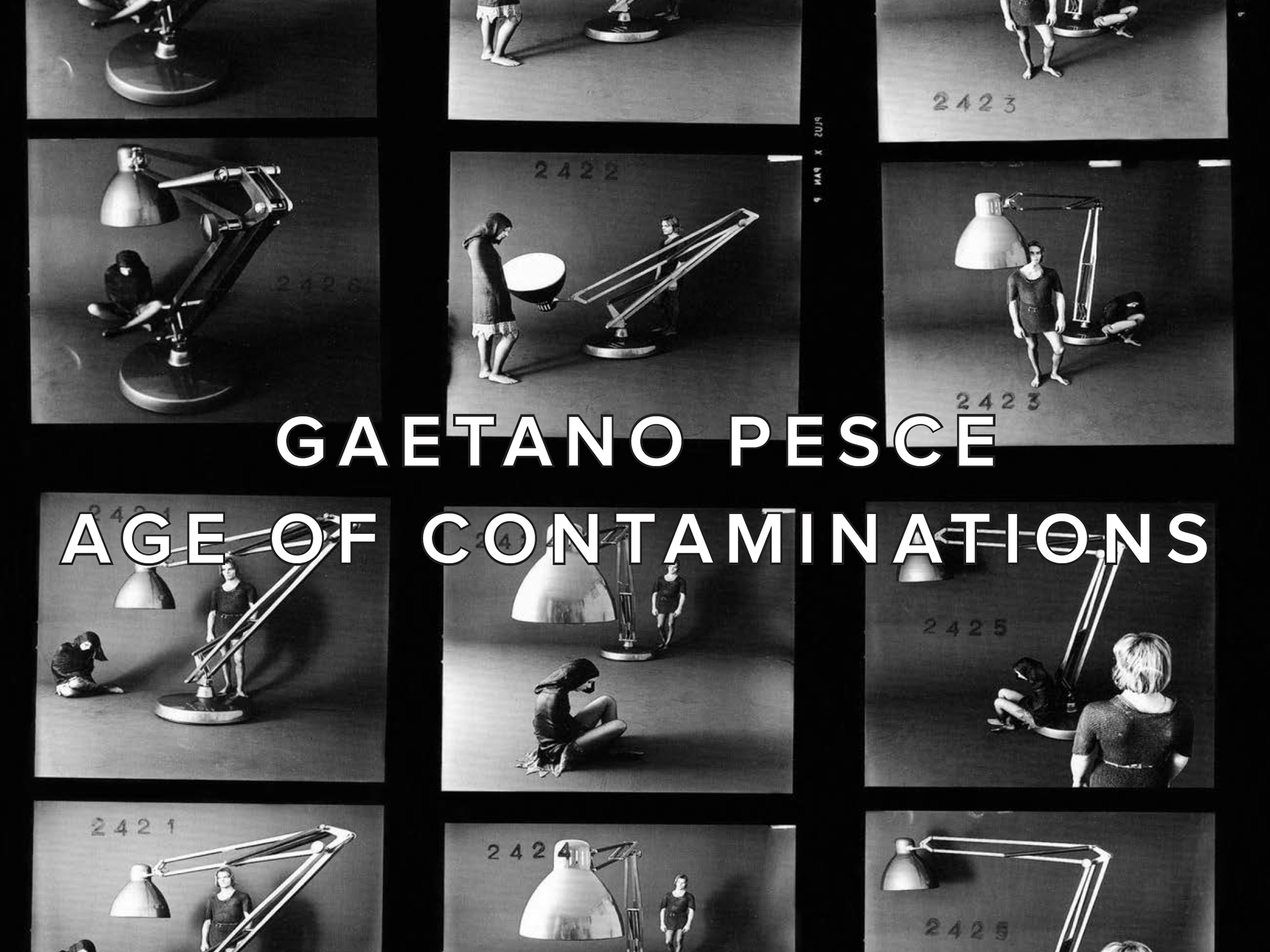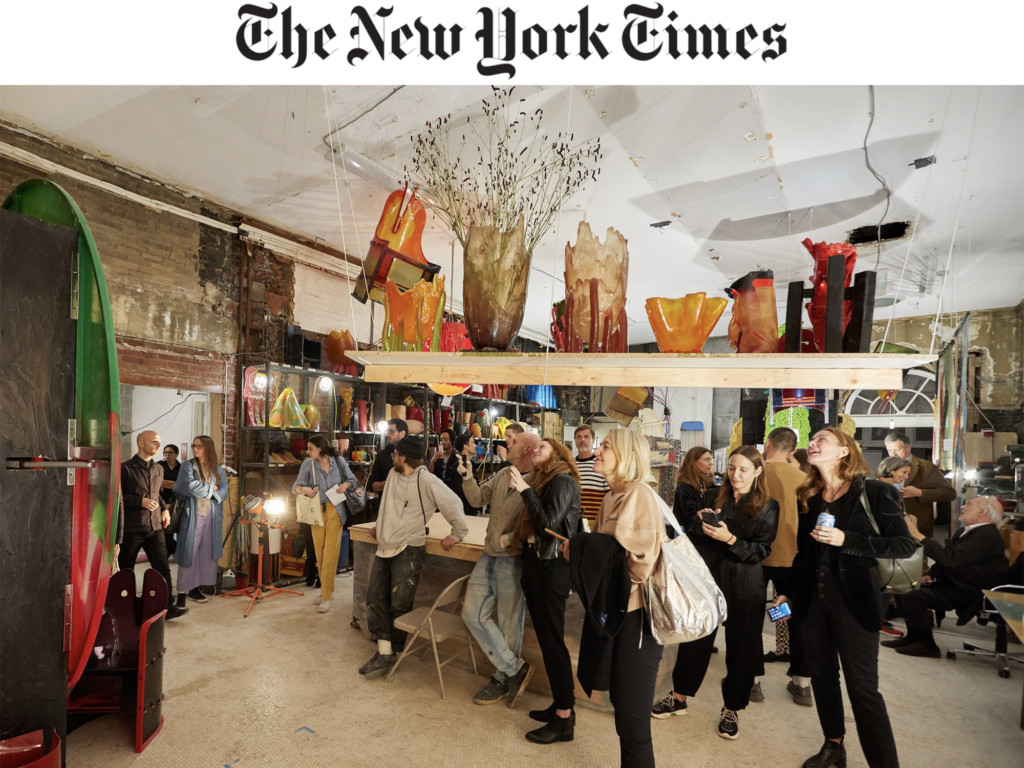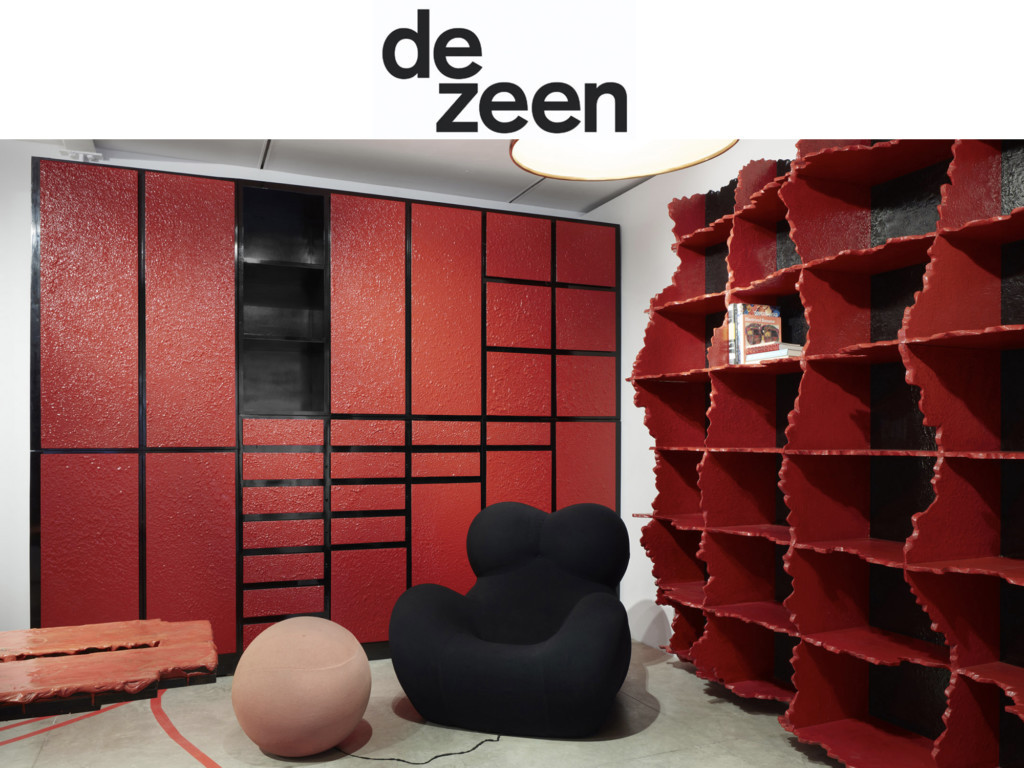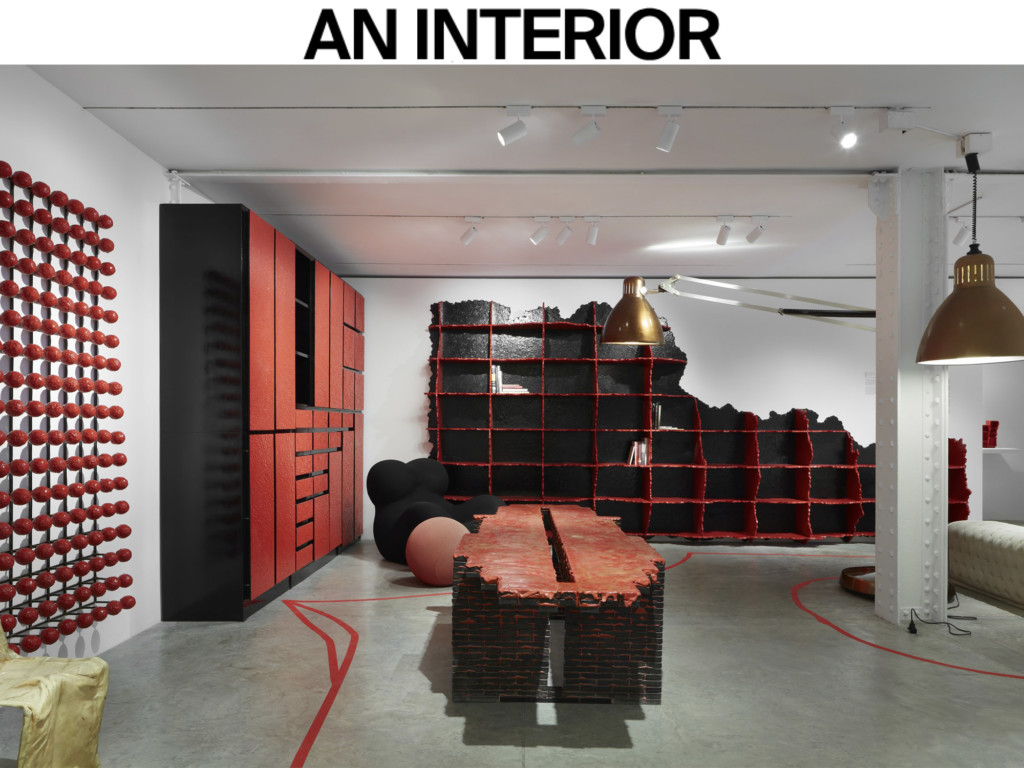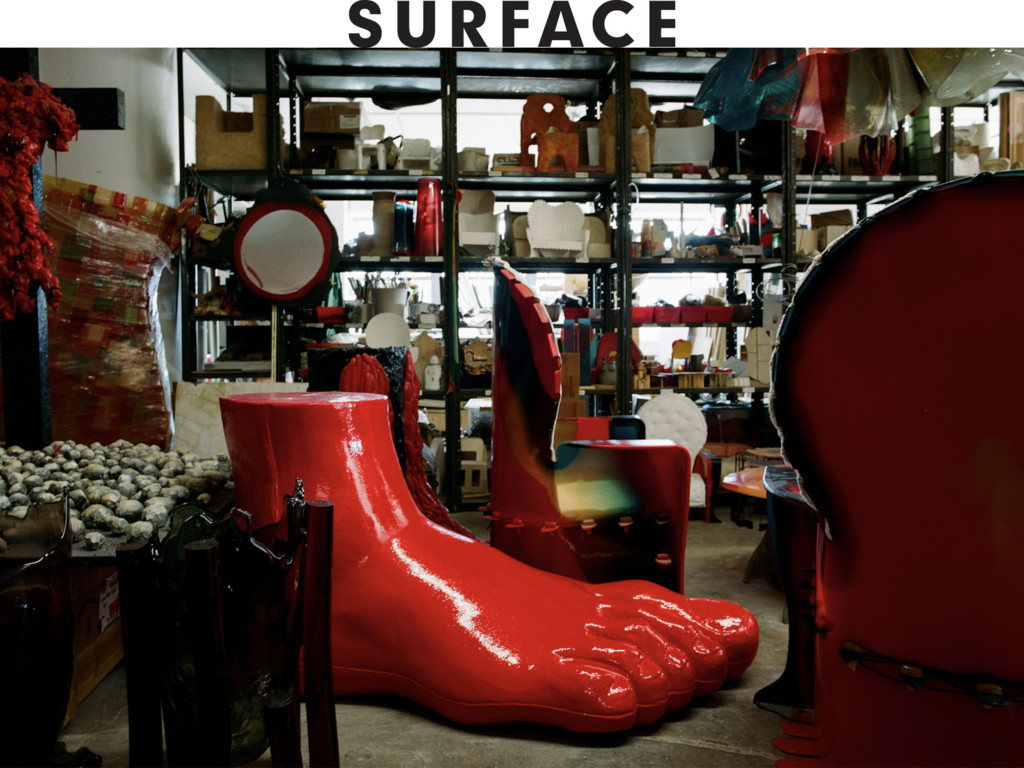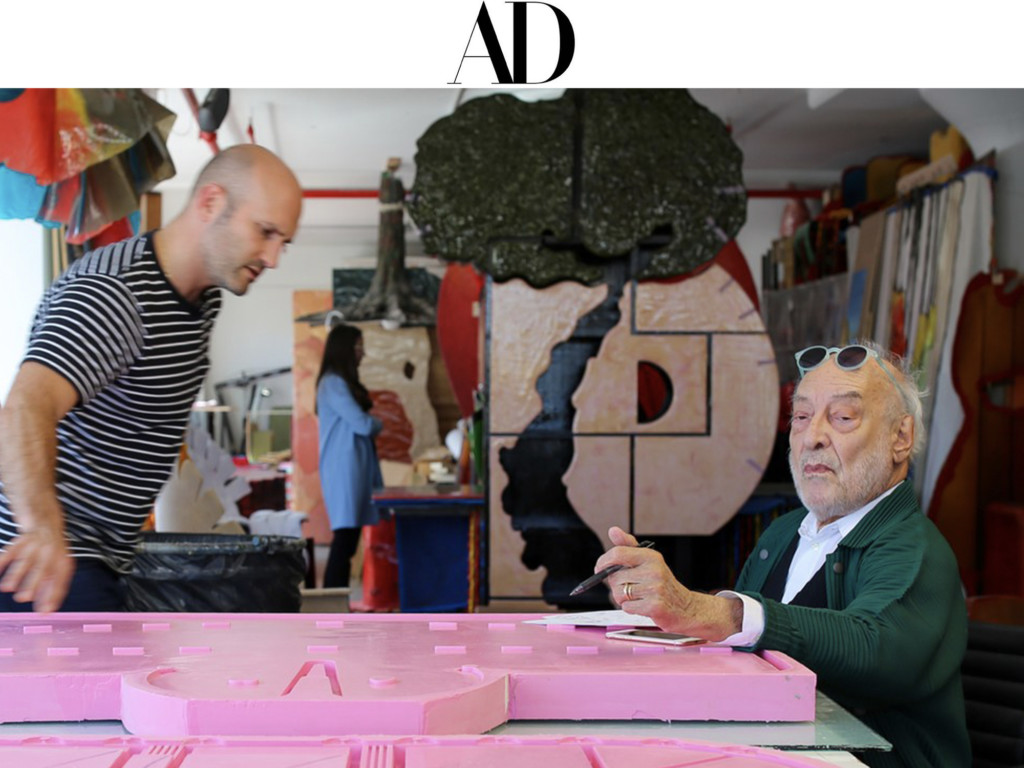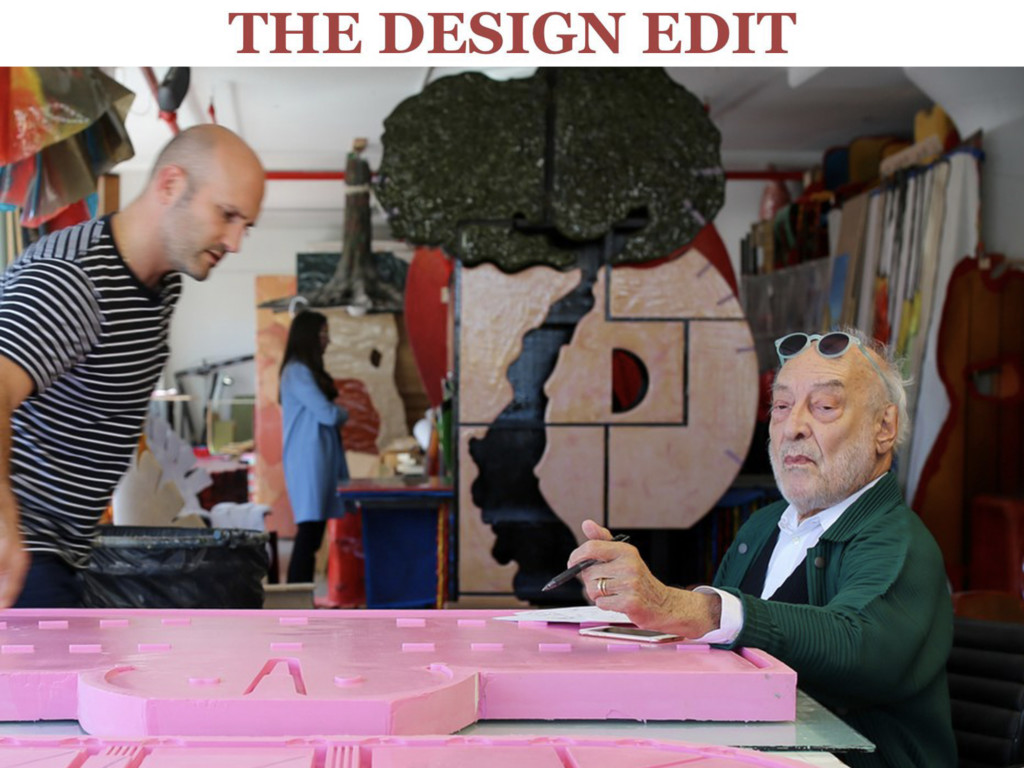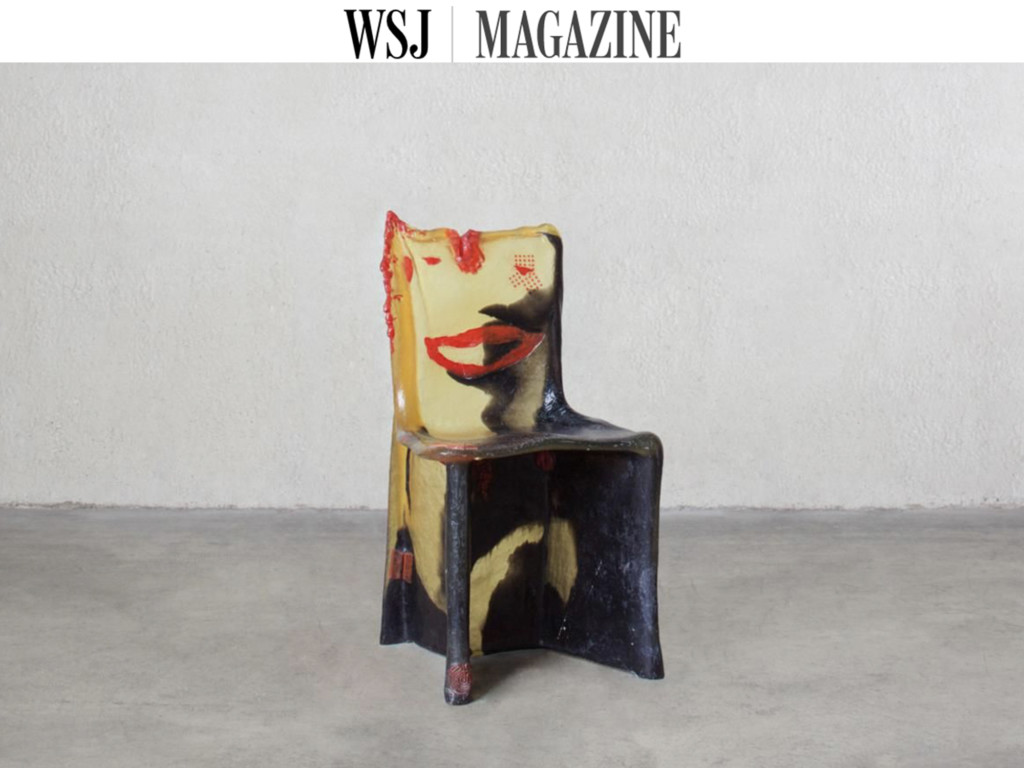Friedman Benda is pleased to present a critical survey of the Italian architect, designer and visionary Gaetano Pesce, examining the pivotal period of his career from 1968 to 1995. Age of Contaminations brings together rarely seen iconic works from key historic collections and groundbreaking early prototypes that have been assembled over the past decade. By refusing to adhere to traditional boundaries between architecture, sculpture, and conceptual art, Pesce’s cross-contamination between genres consequentially altered the landscape of design and was a catalyst for the establishment of the contemporary studio practice.
Throughout his career, “[Pesce’s] forte has been “to give form to the form of life,” writes art historian Germano Celant, challenging how things could be made and why. Contemporaneous to the investigations of the Italian Arte Povera movement, Pesce’s radical experimentation with industrial and everyday materials such as polyurethanes and poured resins broke the mold of standardization. Inventing techniques that would produce variable results that embraced flaws and mistakes, he refused to follow the modernist ideology of regularity and perfection dominant at the time. “I wanted to make people understand that creativity resides in rejecting previously seen models, and this proceeds in the absence of repetition…It’s a first step toward creativity, inspiring people to make an autonomous gesture, a different one each time,” said Pesce during a 1991 interview.
Age of Contaminations will feature a grouping of rare Yeti Armchairs (1968), the first armchair Pesce produced, the iconic “Moloch” Floor Lamp (1970-1), his inaugural collaboration with the manufacturer Bracciodiferro, and the earliest example of his groundbreaking Golgotha Table (1972). Highlighting seminal projects that demonstrate Pesce’s revolutionary approach to the domestic interior, this exhibition marks the public debut of pieces from the private apartment commissioned for the Italian professor Alberto Carenza where they remained in situ for nearly five decades, including the eponymous monumental Carenza Bookcase (1972). Examples from the Paris home of photographer and collector Marc-André Hubin designed by Pesce in 1985-6, an eye-opening reassessment of space and function, will also be on view.
The exhibition title references Gaetano Pesce’s installation for the Museum of Modern Art’s 1972 seminal group show, Italy: The New Domestic Landscape, curated by Emilio Ambasz. For this, Pesce constructed “Project for an Underground City in the Age of Great Contaminations,” a fictionalized archeological discovery in 3000 BCE of an underground habitat from 2000 BCE. Nearly fifty years after the opening of this landmark exhibition, Age of Contaminations looks back on Pesce’s legacy as a provocateur, rule-breaker, and an essential influence on the evolution of contemporary design.
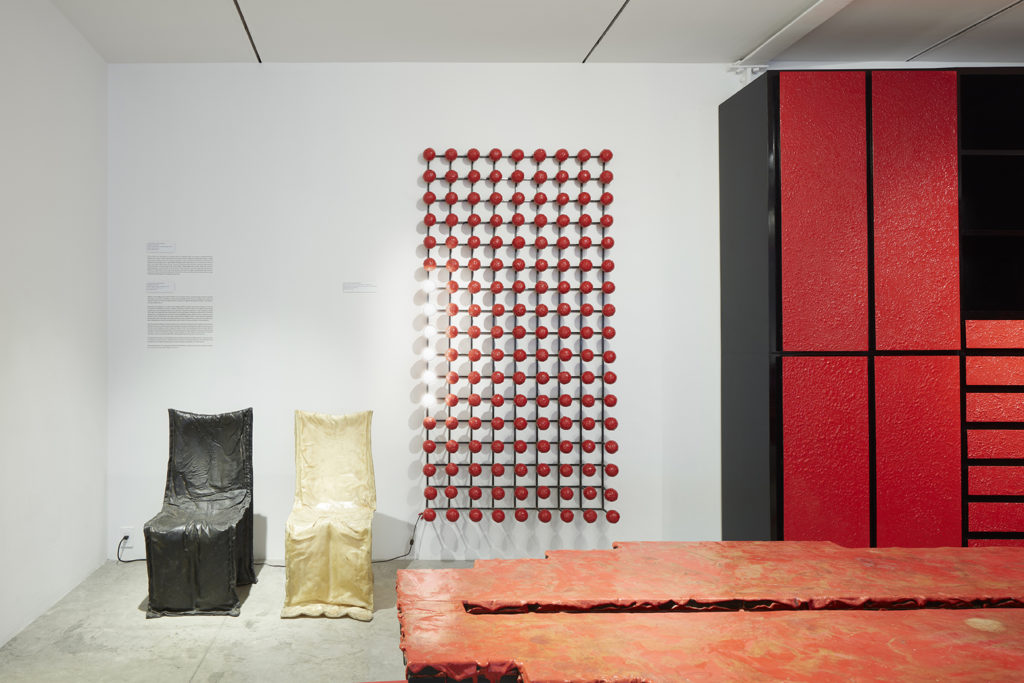
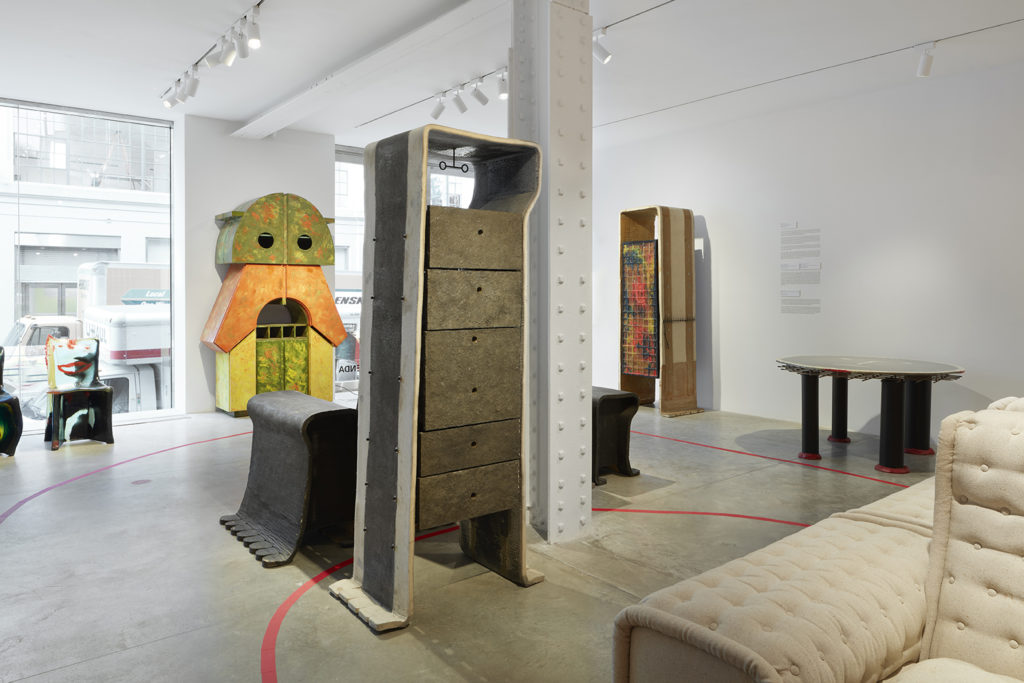
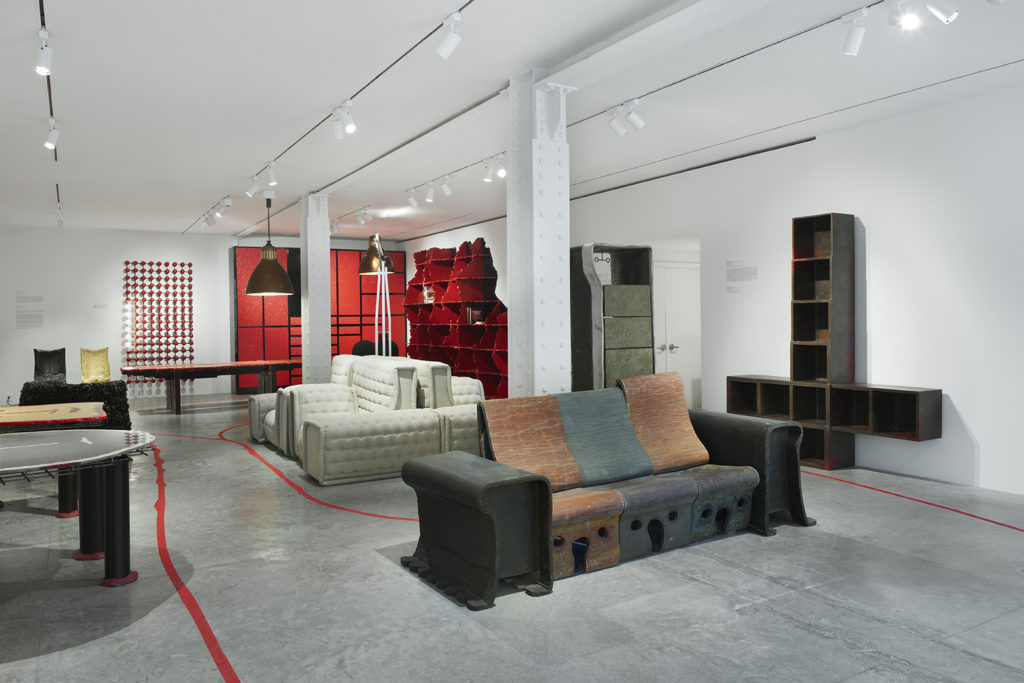
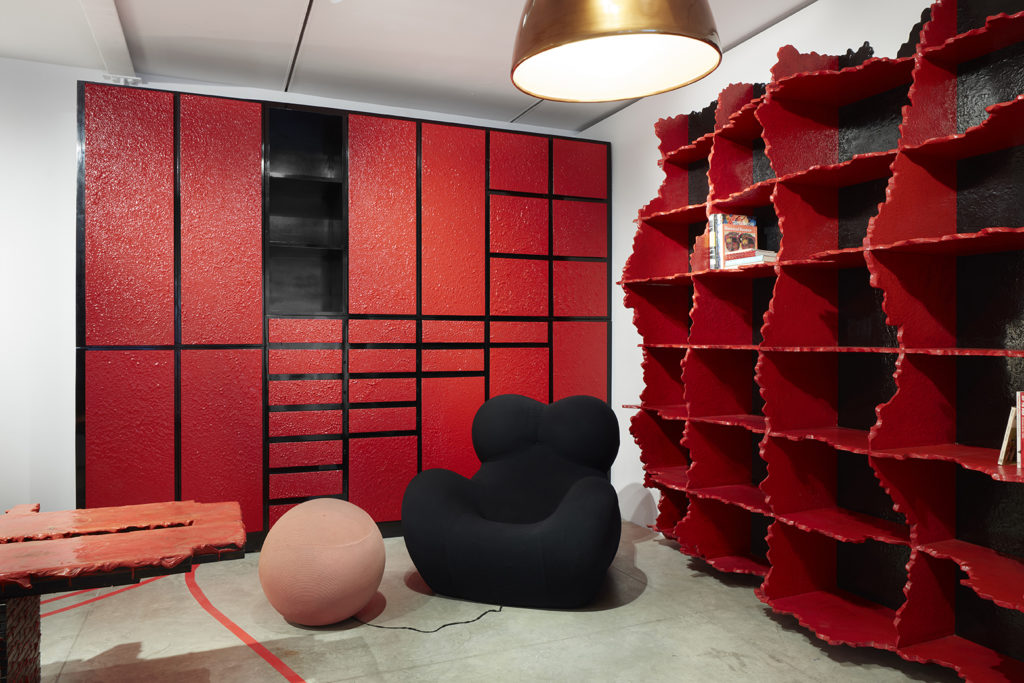
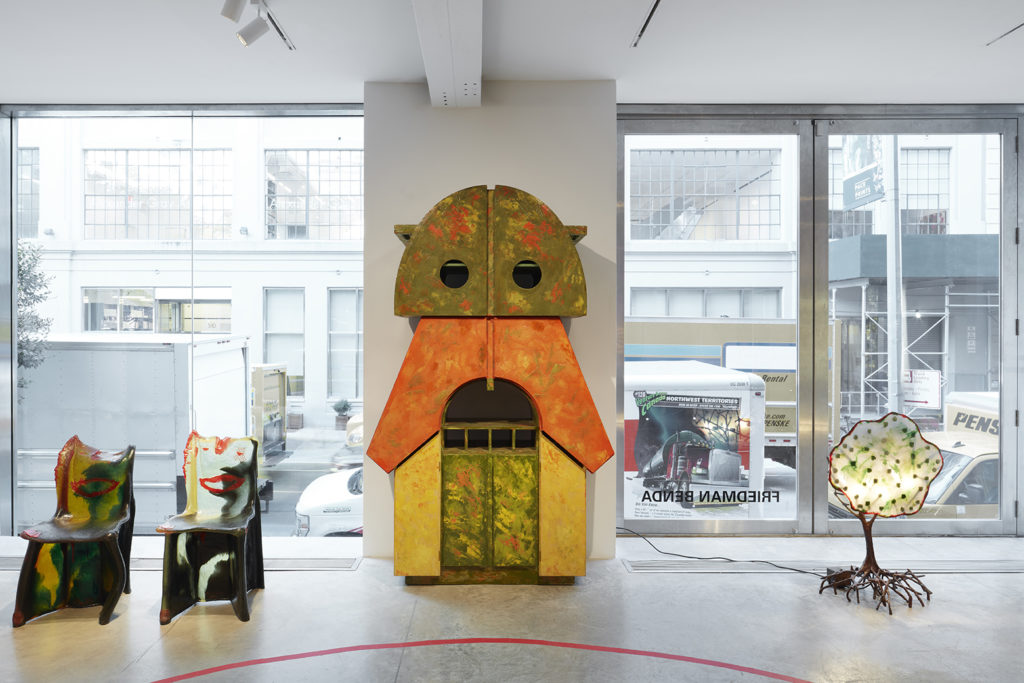
ABOUT GAETANO PESCE
Of the founding generation of radical designers, Gaetano Pesce’s influence remains unparalleled. By refusing to adhere to traditional boundaries between architecture, sculpture, and conceptual art, his cross-contamination between genres consequentially altered the landscape of design and was a catalyst for the establishment of the contemporary studio practice.
Born in 1939 in La Spezia, Italy, Pesce graduated with a degree in architecture from the University of Venice in 1965. Contemporaneous to the investigations of the Italian Arte Povera movement, he inserted himself into serial production situations, attempting to humanize manufacturing through variation and expression for B&B Italia, Cassina and Bracciodiferro. His radical experimentation with industrial and everyday materials such as polyurethanes and poured resins broke the mold of standardization. Inventing techniques that would produce variable results that invited flaws and mistakes, he refused to follow the modernist ideology of regularity and perfection dominant at the time.
His architectural projects include the Organic Building of Osaka in Japan (1990), a precursor to the ‘living wall,’ “in which the “co-existence of greenery, architecture, and human beings,” is the concept. Perhaps his best known project is the design for the advertising agency TBWA\Chiat\Day’s offices in New York (1994), a radical experimental layout that is considered the first mobile office.
Pesce has taught at several institutions including Cooper Union in New York, and the Institute d’Architecture et d’Etudes Urbaines in Strasbourg. His work is included in the permanent collections of museums worldwide such as the Centre Pompidou, Paris; Metropolitan Museum of Art, New York, NY; Musée des Arts Decoratifs, Montreal; Musée des Arts Decoratifs, Paris; Museum of Modern Art, New York, NY and Museum of Modern Art, Turin. Pesce lives and works in New York, NY.
